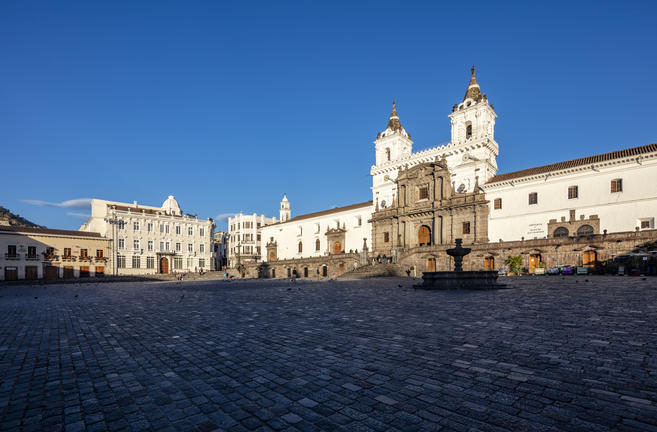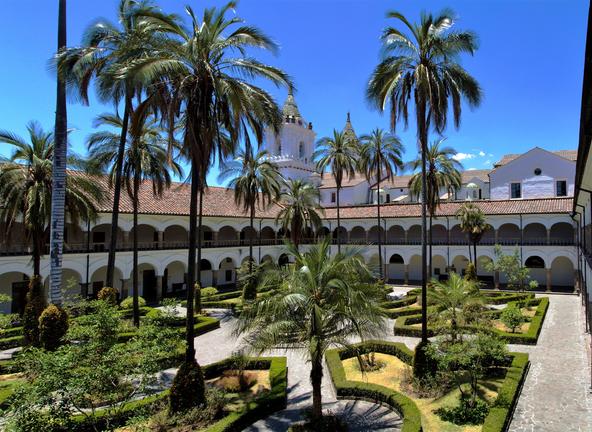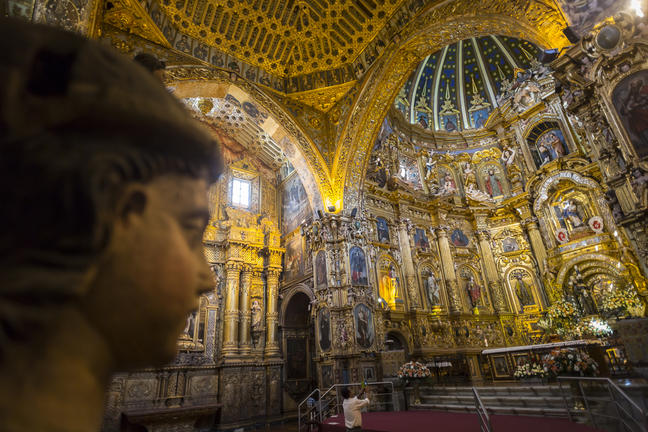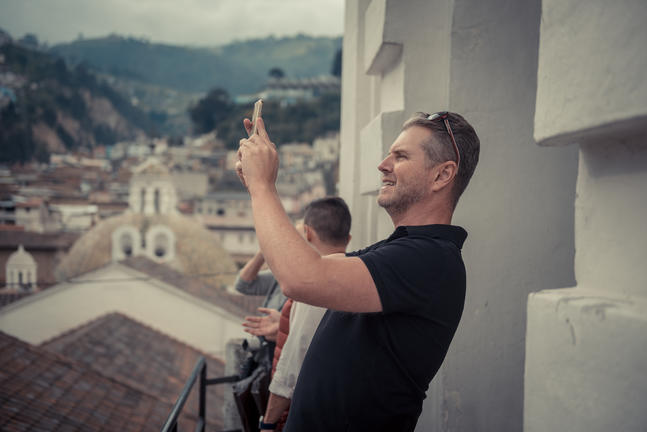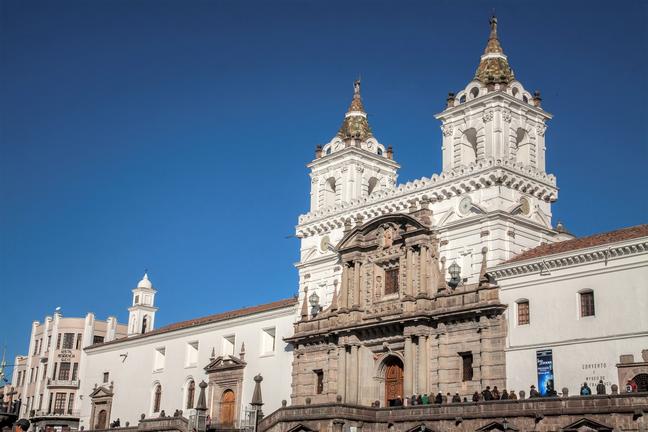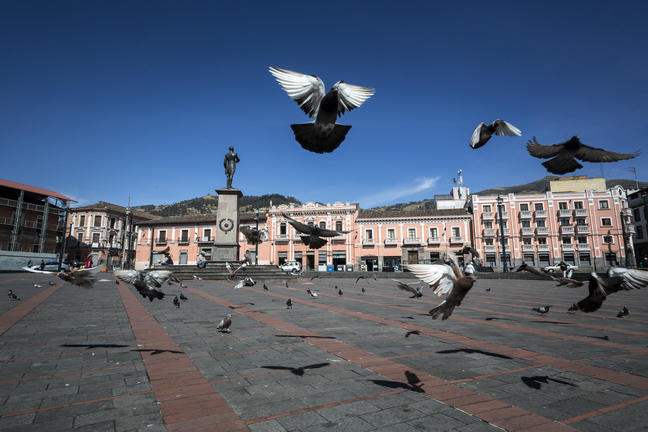Founded by Franciscan missionaries, San Francisco's construction began around 1550 and took nearly 143 years, enduring earthquakes and architectural changes. By the early 17th century, after a dramatic expansion, it became the largest colonial temple complex in Latin America. Spanning three hectares, it includes 13 cloisters, three churches, and a large courtyard. Historians often call it the "Escorial of the New World."
The convent structured its interactions with the outside world through three spaces: a public square for teaching, markets, and water supply; a courtyard linking urban and sacred functions, accessed via a convex staircase designed by Vatican architect Gian Lorenzo Bernini; and the Church with its chapels. The church façade introduced Mannerist elements to South America, inspiring similar designs in Catholic architecture. Its Renaissance and Mannerist exterior contrasts with the richly decorated interior, where Mudejar and Baroque influences cover the nave, chapels, and high altar in golden splendor. The San Francisco Museum houses over 3,500 colonial artworks, showcasing various styles and techniques, notably from the renowned Quito School of Art, which originated here. The convent also preserves a magnificent Franciscan library, once considered the finest in the Viceroyalty of Peru.
